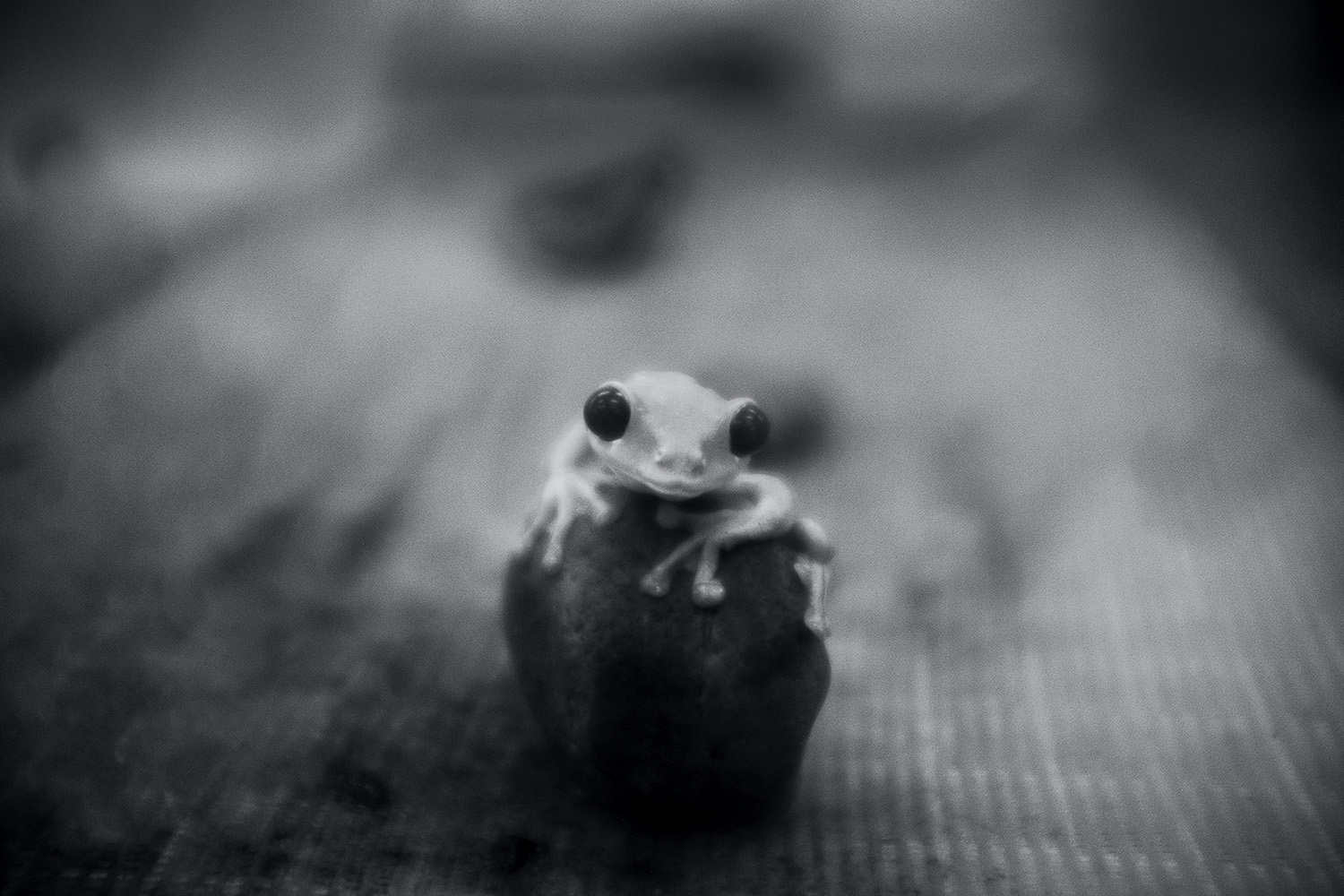Image


You should really subscribe now!
Or login if you already have a subscription.
Bear Guerra was a finalist for a National Magazine Award in Photojournalism for his 2009 VQR photo essay, “The Young Mothers of Port-au-Prince,” and was a 2013–2014 Scripps Fellow in Environmental Journalism at the University of Colorado.